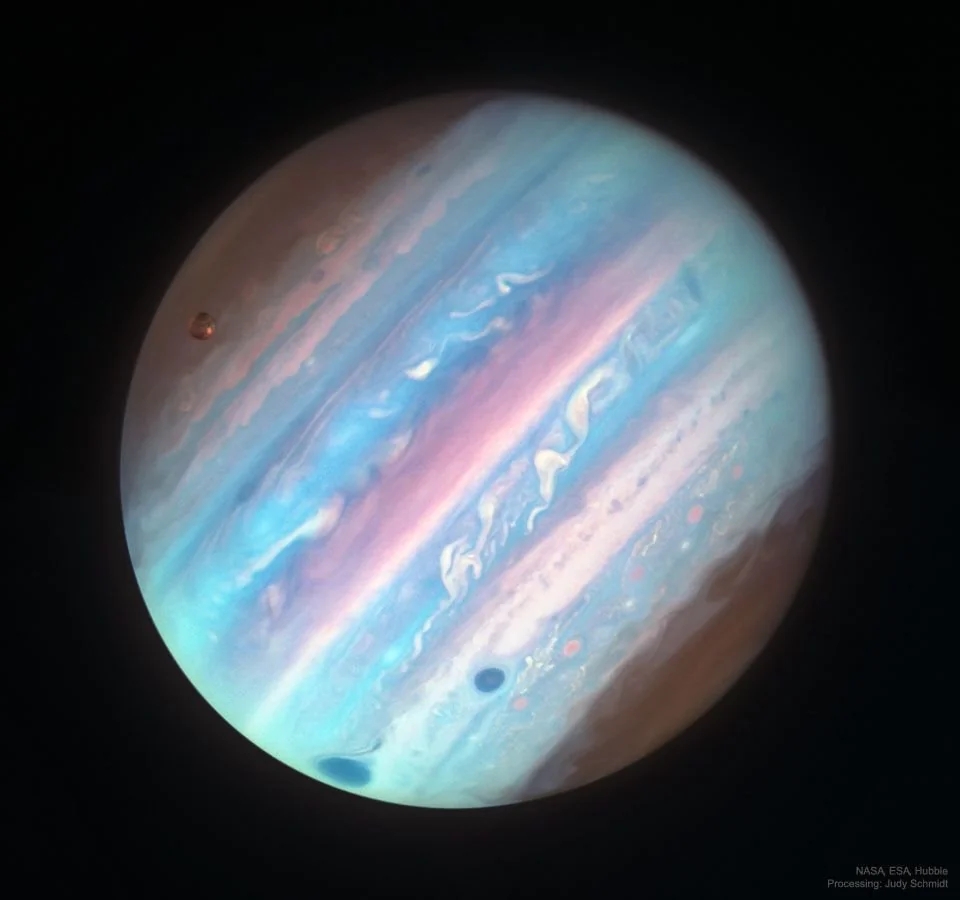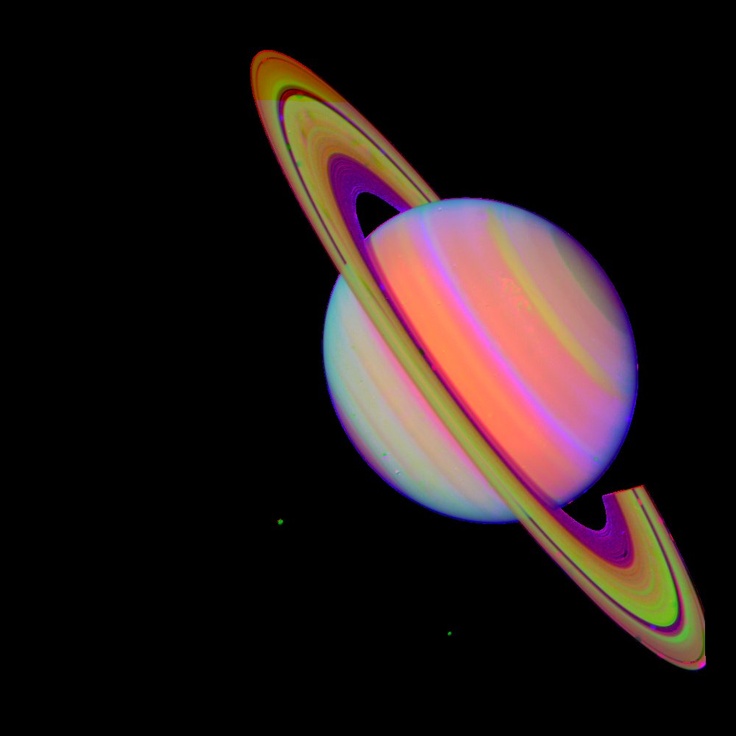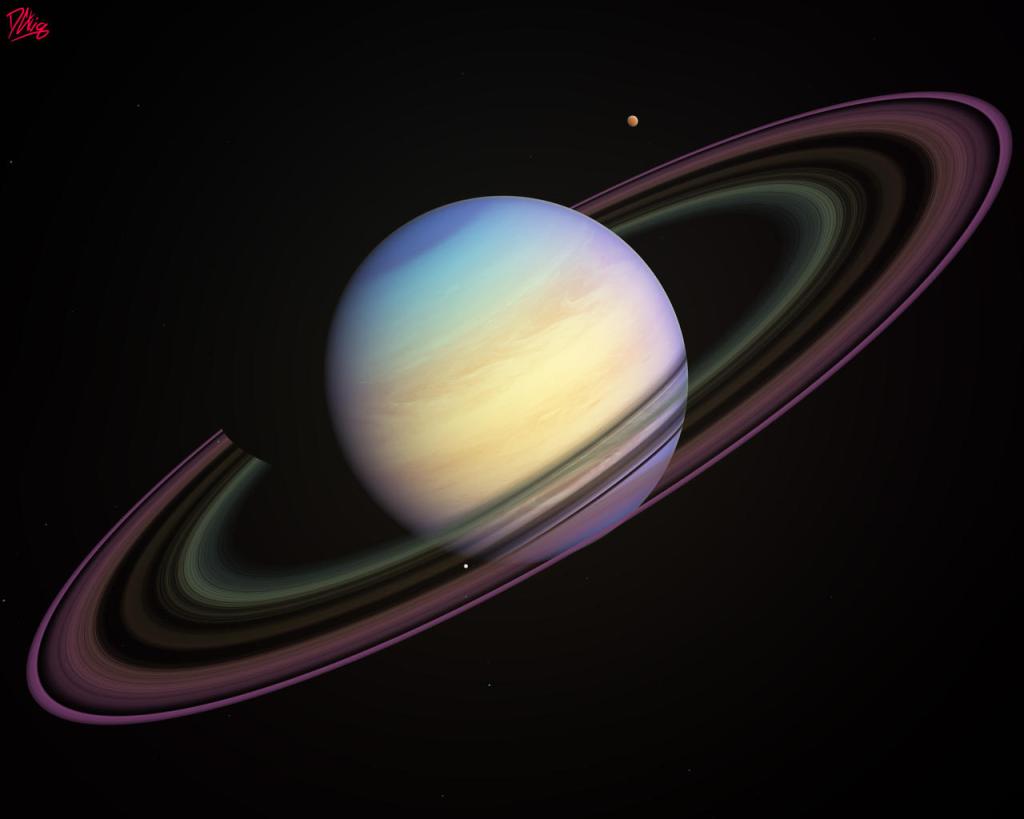
After writing my last blog post about atmospheres and the greenhouse effect, when learning that the atmospheres of the Moon and Mercury cause them to be considered practically airless and have no weather, I became heavily intrigued. What makes the Moon and Mercury so different from the other planets in our solar system? Thus, I delved into my investigation.
Some important features of our Moon are what we can differentiate from Earth as the bright portions of the Moon and the smoother, darker ones. The lunar highlands are what we see as the lighter portion of the Moon, and the lunar maria are the darker portions. Within the lunar maria, astronomers have examined very interesting volcanic and tectonic activity. When crashing planetesimals were abundant in our solar system, the heaviest impacts on the Moon were so violent that they were able to penetrate and crack the Moon’s lithosphere and make large craters. However, the Moon built up extreme amounts of heat inside of it over billions of years that molten rock fled through the cracks of the lithosphere and filled up these craters! However, now that impacts of craters into planetary bodies are not nearly as common, we typically only see sandblasting on the Moon’s surface by micrometeoroids. If you do not what a micrometeoroid is, they are just small pieces of rock or metal that broke into Earth’s atmosphere. These micrometeoroids slightly break down the surface of the Moon, thus explaining why the Moon is covered with dust!
Now, we move on to the geology of Mercury. Just like on the Moon, impact craters are extremely common, but the fact that they are spread out suggests prior volcanic activity on the planet! This is because the lava from volcanoes would have filled in craters to make them appear smooth. If you were to observe Mercury through a telescope, you may see an enormous crater called the Caloris Basin, and this resulted from an extremely large impact that melted surface rock that then melted into the crater. As Dr. Grundstrom pointed out in class, Mercury has an atypically large core compared to the sizes of other planets. This is due to the fact that Mercury retained more heat from accretion (when small particles grew into planets) and differentiation (when higher densities sank and lower densities rose) — this caused Mercury’s core to enlarge. Now, however, Mercury is confirmed to be geologically dead.
Studying the geological makeup of these two planets was extremely rewarding for me, and I hope that you all enjoyed learning about them, as well!






Leave a comment